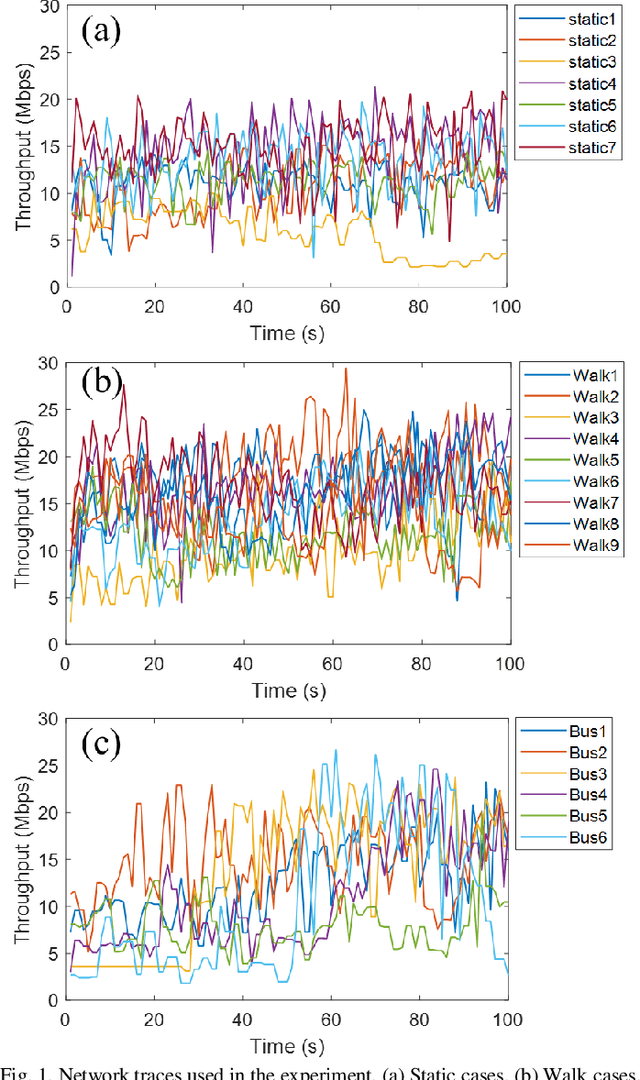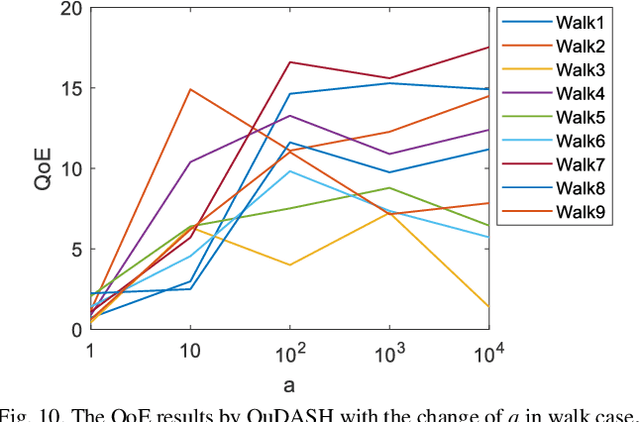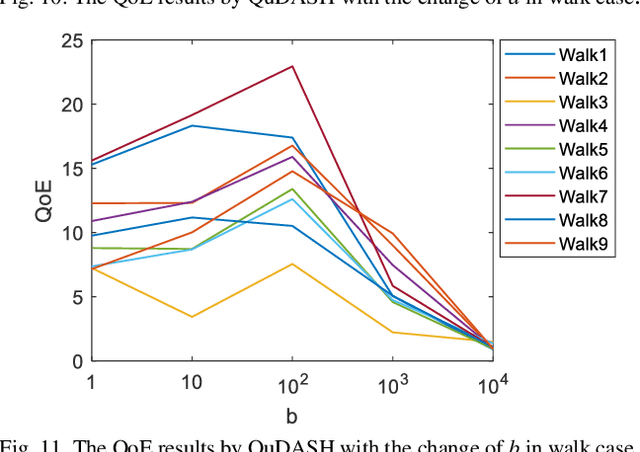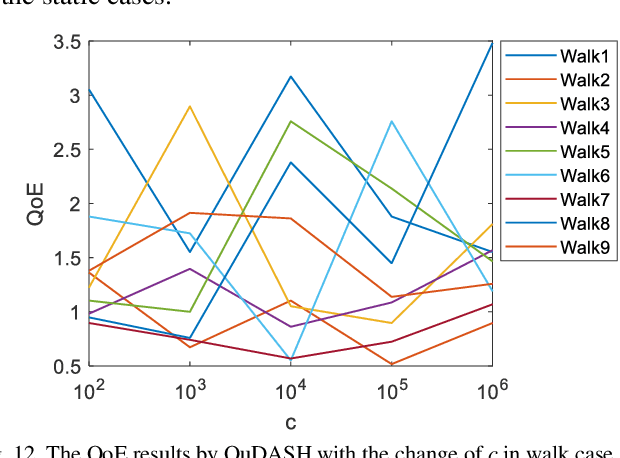Koichi Kimura
Clustering Method for Time-Series Images Using Quantum-Inspired Computing Technology
May 26, 2023Abstract:Time-series clustering serves as a powerful data mining technique for time-series data in the absence of prior knowledge about clusters. A large amount of time-series data with large size has been acquired and used in various research fields. Hence, clustering method with low computational cost is required. Given that a quantum-inspired computing technology, such as a simulated annealing machine, surpasses conventional computers in terms of fast and accurately solving combinatorial optimization problems, it holds promise for accomplishing clustering tasks that are challenging to achieve using existing methods. This study proposes a novel time-series clustering method that leverages an annealing machine. The proposed method facilitates an even classification of time-series data into clusters close to each other while maintaining robustness against outliers. Moreover, its applicability extends to time-series images. We compared the proposed method with a standard existing method for clustering an online distributed dataset. In the existing method, the distances between each data are calculated based on the Euclidean distance metric, and the clustering is performed using the k-means++ method. We found that both methods yielded comparable results. Furthermore, the proposed method was applied to a flow measurement image dataset containing noticeable noise with a signal-to-noise ratio of approximately 1. Despite a small signal variation of approximately 2%, the proposed method effectively classified the data without any overlap among the clusters. In contrast, the clustering results by the standard existing method and the conditional image sampling (CIS) method, a specialized technique for flow measurement data, displayed overlapping clusters. Consequently, the proposed method provides better results than the other two methods, demonstrating its potential as a superior clustering method.
QuDASH: Quantum-inspired rate adaptation approach for DASH video streaming
Jun 19, 2022



Abstract:Internet traffic is dramatically increasing with the development of network technologies. Within the total traffic, video streaming traffic accounts for a large amount, which reveals the importance to guarantee the quality of content delivery service. Based on the network conditions, adaptive bitrate (ABR) control is utilized as a common technique which can choose the proper bitrate to ensure the video streaming quality. In this paper, a new bitrate control method, QuDASH is proposed by taking advantage of the emerging quantum technology. In QuDASH, the adaptive control model is developed using the quadratic unconstrained binary optimization (QUBO), which aims at increasing the average bitrate and decreasing the video rebuffering events to maximize the user quality of experience (QoE). Then, the control model is solved by Digital Annealer, which is a quantum-Inspired computing technology. The evaluation of the proposed method is carried out by simulation with the measured throughput traces in real world. Experiment results demonstrated that the proposed QuDASH method has better performance in terms of QoE compared with other advanced ABR methods. In 68.2% of the examined cases, QuDASH achieves the highest QoE results, which shows the superiority of the QuDASH over conventional methods.
Data-Driven Optimal Sensor Placement for High-Dimensional System Using Annealing Machine
May 11, 2022


Abstract:We propose a novel method for solving optimal sensor placement problem for high-dimensional system using an annealing machine. The sensor points are calculated as a maximum clique problem of the graph, the edge weight of which is determined by the proper orthogonal decomposition (POD) mode obtained from data based on the fact that a high-dimensional system usually has a low-dimensional representation. Since the maximum clique problem is equivalent to the independent set problem of the complement graph, the independent set problem is solved using Fujitsu Digital Annealer. As a demonstration of the proposed method, the pressure distribution induced by the K\'arm\'an vortex street behind a square cylinder is reconstructed based on the pressure data at the calculated sensor points. The pressure distribution is measured by pressure-sensitive paint (PSP) technique, which is an optical flow diagnose method. The root mean square errors (RMSEs) between the pressure measured by pressure transducer and the reconstructed pressures (calculated from the proposed method and an existing greedy method) at the same place are compared. As the result, the similar RMSE is achieved by the proposed method using approximately 1/5 number of sensor points obtained by the existing method. This method is of great importance as a novel approach for optimal sensor placement problem and a new engineering application of an annealing machine.
 Add to Chrome
Add to Chrome Add to Firefox
Add to Firefox Add to Edge
Add to Edge